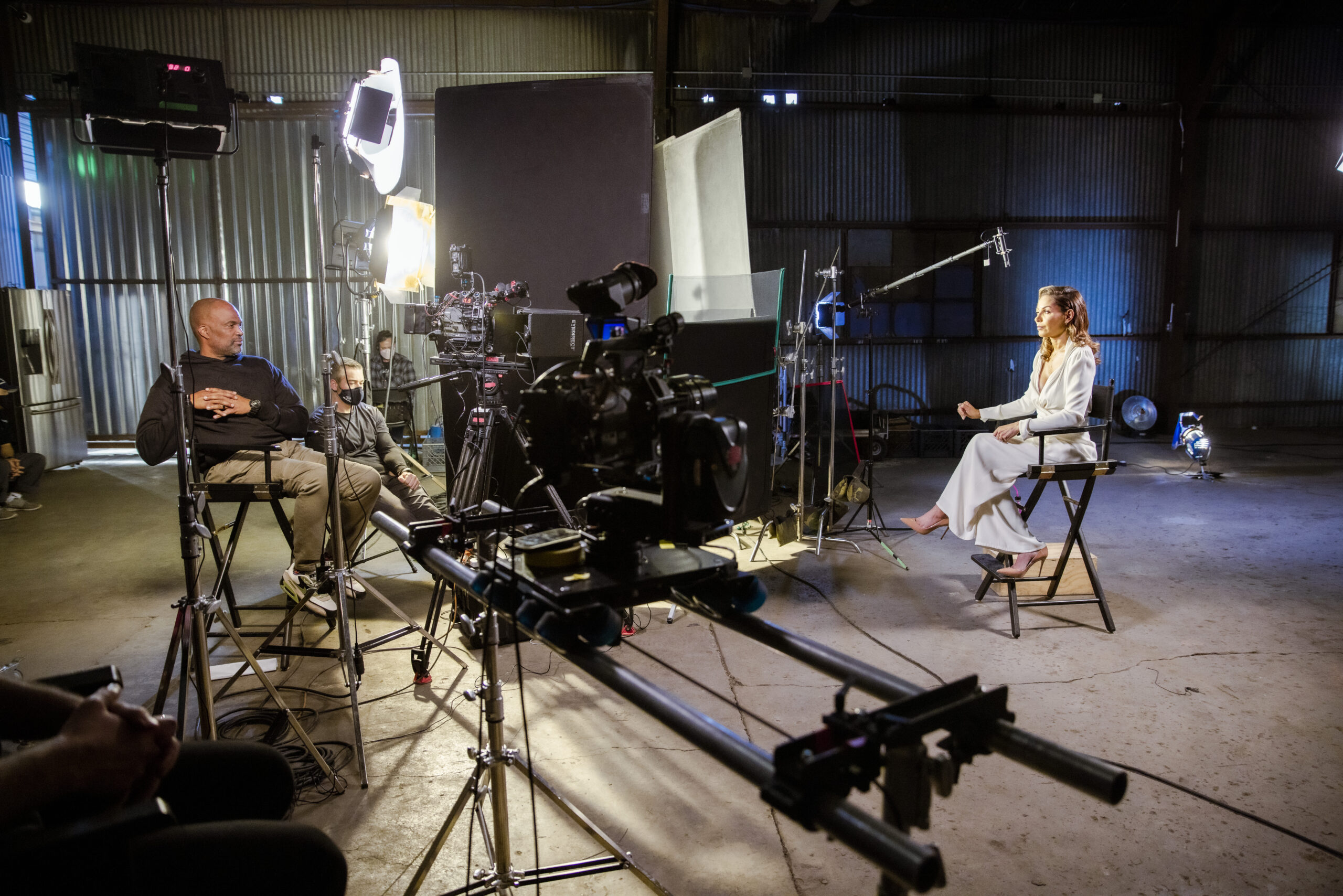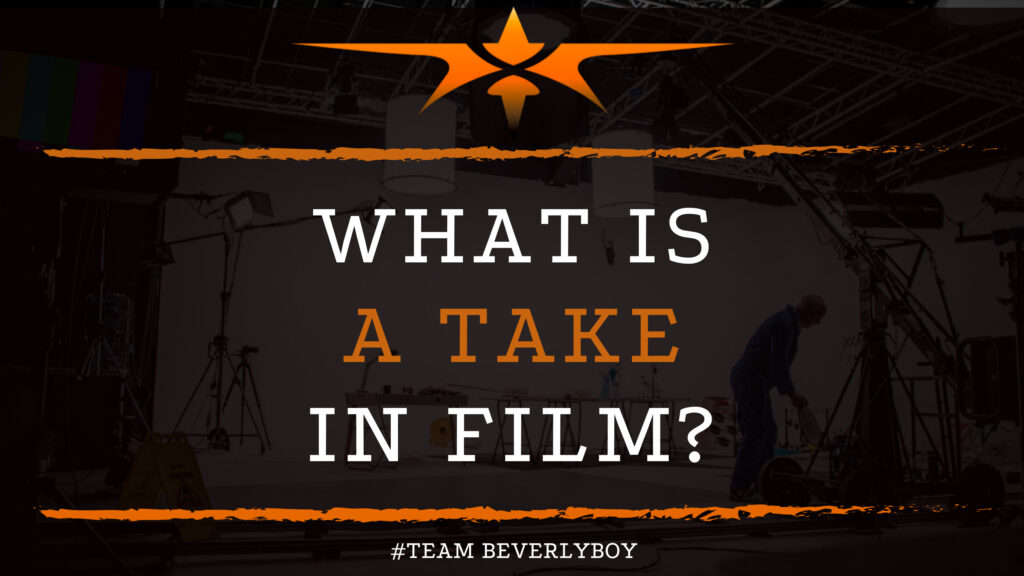What is a Take in Film?
In filmmaking there are a variety of terms that are used to describe the production process from start to finish. For example, you might hear a cinematographer discuss a take, or a shot, or a scene. You’re probably wondering what it all means. What is a take in film? And what’s the difference between a take, and a shot or a scene?
GET A VIDEO QOUTE FOR YOUR PROJECT TODAY

What is a Take in Film?
A take represents a single continuous recorded performance in film. Most of the time, you will hear a take referenced as a shot that has been numbered. Such as take 1 or take 2. What this means is that there is a successive shot being filmed representing a take.
Each time the shot is completed, the take number would roll over to the next. Until the Director and the rest of the crew are satisfied with the outcome. When the filming of the shot is complete, the takes will start over on take 1 for the next consecutive shot.
A single take, or one-take occurs when a particular scene is captured in perfection the very first time. Filmmakers believe this to be a combination of both luck and skill.
Sometimes single-takes will be planned for a film. Simply because the amount invested into the production of the take is so high there is no room for error, second takes or reshoots. It must be done perfectly, and acceptable, the first time.
What are Multiple Takes?
Sometimes multiple takes are shot of a single scene. The takes are generally noted on the clapperboard as Take 1 or Take 2 or Take 3. Some directors are notorious for requiring or demanding multiple takes in order to perfect the scene.
In fact, there have been instances in the past where a film would go through more than 150 takes of a single shot before being “perfected.”
When multiple takes are filmed, there could be a variety of purposes behind the process. The filmmaker might just want to get things right, or there could be a lot of complex working elements to the shot.
Likewise, there are instances where multiple takes are required to ensure that every intricate element is captured. This is common in fight scenes as well as in complex scenes that require police chases or similar lineups.
Summary
The number of takes to be filmed is not determined in advance, but rather by the completion of the perfect shot. Sometimes the Director might call out Take 1, and the crew might get everything just right, and no further takes will be required.
However, simple issues with sound, noises outside, someone talking on the set, or an actor slipping up on his lines can result in the shot having to be taken again and again until everything is right. In this case, multiple takes are required.
So what is a take in film? It’s a single continuous performance that is filmed, usually a shot. Upon completion of the take, if everything is right, the film crew moves to the next shot but not until the Director has announced that the take is acceptable.


